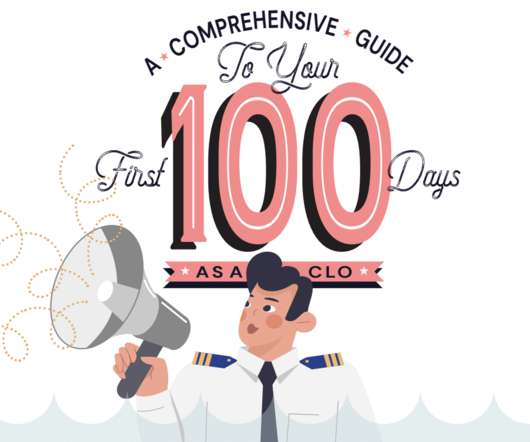HOW WE BUILD PASSIVE LEARNING CULTURES
Learnnovators
MAY 17, 2022
It is important for L&D to concern ourselves with creating a lively intellectual climate in our organizations. In my previous post , I had raised some concerns about the learning culture in organizations and the considerations that L&D has so far failed to address. What attitude should we seek expertise with?














































Let's personalize your content